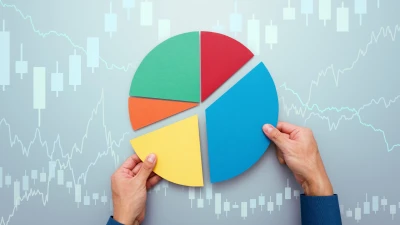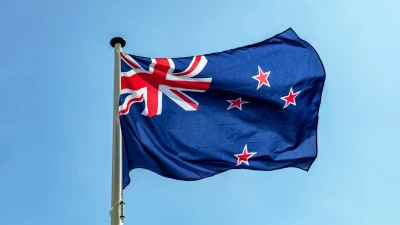What’s next for ETFs?


Exchange traded funds (ETFs) have gone from tactical instruments to low-cost ways to gain core access to markets as usage has changed drastically in recent years, according to iShares.
Australia celebrated 20 years of ETFs this month, when State Street launched two products that tracked the ASX 50 and 200.
iShares entered the Australian market in 2007 with eight products, taking 10 years to reach $10 billion in funds under management and another three years to reach $20 billion.
James Kingston, who was appointed as head of iShares – Australasia in June, said growth had accelerated quite significantly over the last 20 years and usage changed.
“If you look at how ETFs are being used by clients, initially they would’ve been tactical instruments,” Kingston said.
“Now we’re seeing clients using them within the core of their portfolio as low-cost, core access to those markets.
“We’ve seen the growth of ETF model portfolios which are actively-managed portfolios with ETFs and the whole notion of active versus passive has kind of dissipated, and now it’s a question of how you blend index and alpha together for an outcome.
“ETFs have grown and matured a lot in the last 20 years on the Australian market and we anticipate that will continue to grow as more users evolve their usage of them in their portfolios.”
Those first eight ETFs were iShares S&P 500, iShares S&P Mid-Cap, iShares S&P Small-Cap, iShares MSCI EAFE, iShares Global 100, iShares MSCI Emerging Markets, iShares Europe and iShares MSCI Japan.
According to FE Analytics, the MSCI Emerging Markets ETF returned the most out of the eight with returns of 342.59% from inception to 31 July, 2021.
Performance of the first eight iShares ETFs to 31 July 2021
Recommended for you
With Q1 of the 2025 calendar year coming to a close, the Australian funds management industry has seen a range of major appointments and departures.
Nearly half of wealth managers across the globe say offering access to private market funds is integral to their growth plans, Natixis Investment Managers has uncovered.
Boutique fund manager and responsible investment specialist Pella Funds Management has expanded its offering by allowing direct access to investors in New Zealand for the first time.
The global alternative asset manager has welcomed an experienced distribution lead to its leadership team.















